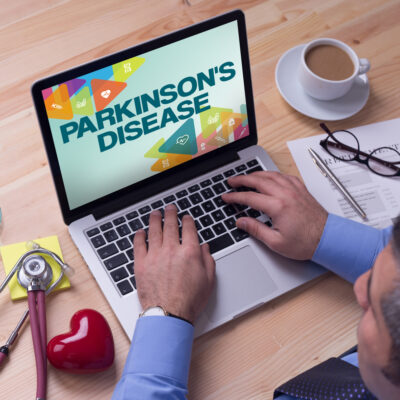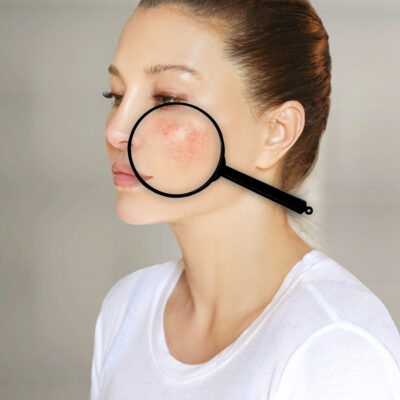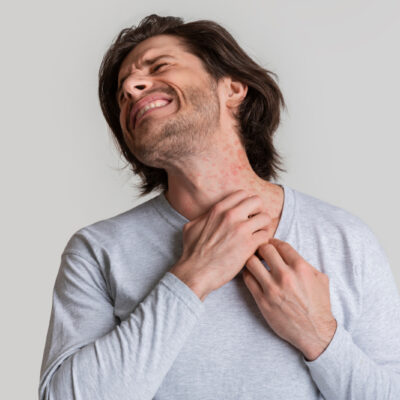
Health
Early Warning Signs of Kidney Disease
Your kidneys are essential for filtering excess waste and liquids from your bloodstream that are then excreted from the body through urine. Chronic kidney disease (CKD) involves a gradual loss of kidney function that can lead to a dangerous build up of fluid, waste, and electrolytes. Many individuals do not receive a diagnosis until the disease is advanced, as the symptoms are minor and hard to notice—once you receive a diagnosis and as the symptoms progress, you can be treated with medications like Kerendia. To catch kidney disease early on, be aware of the following early warning signs: 1. Loss of appetite Although a very general symptom, it can occur as a result of kidney failure. Due to the toxins being trapped in your body and not filtered out properly, it can kill your appetite. With kidney disease, even if you’re not hungry, it’s extremely important to eat so you can get all of the nutrients you need and keep your body energized to fight the disease. 2. Changes in urination If you notice any abnormal changes in your urination, it may be a sign of kidney failure. When the kidney filters are damaged, it can cause an increase in urination frequency.
Read More 















